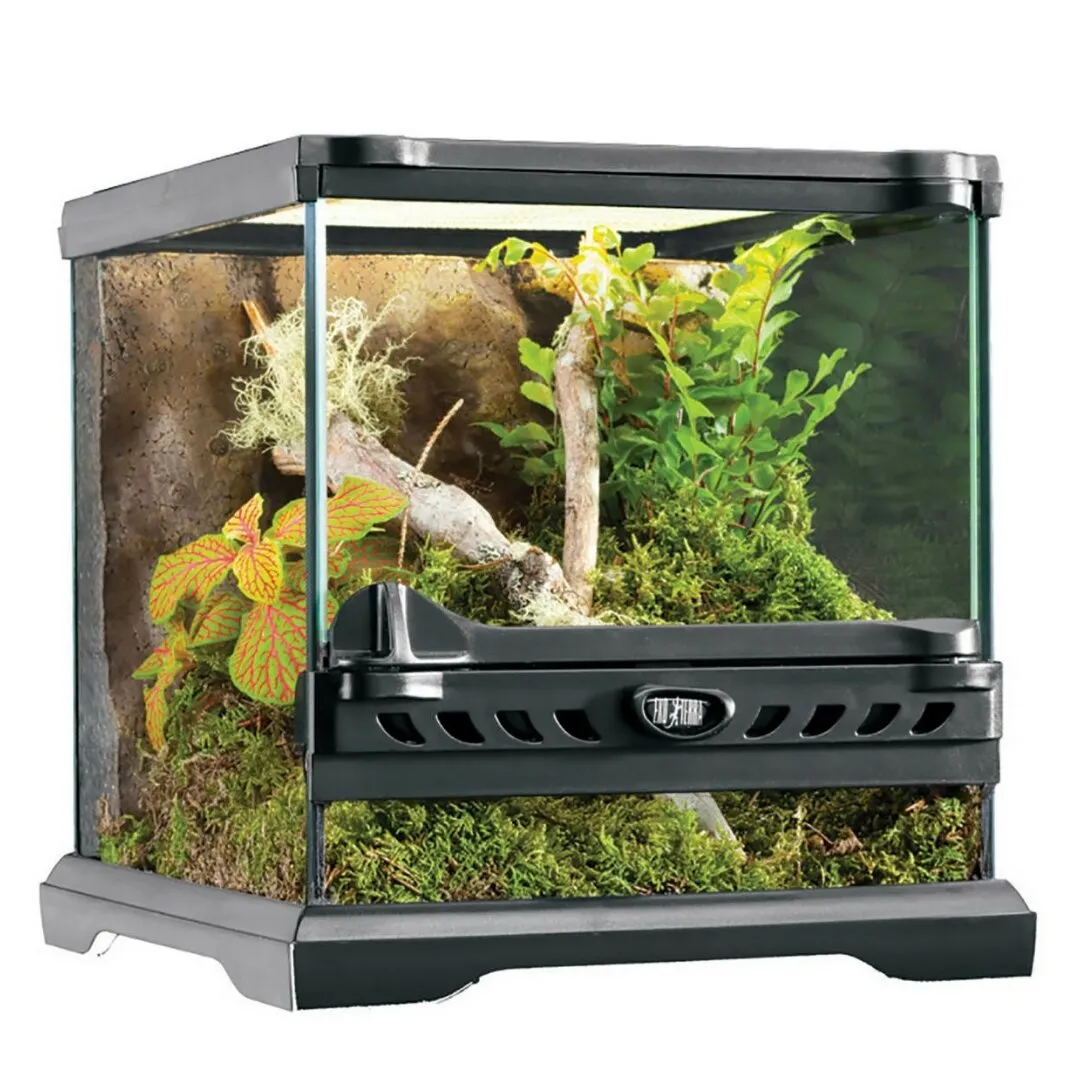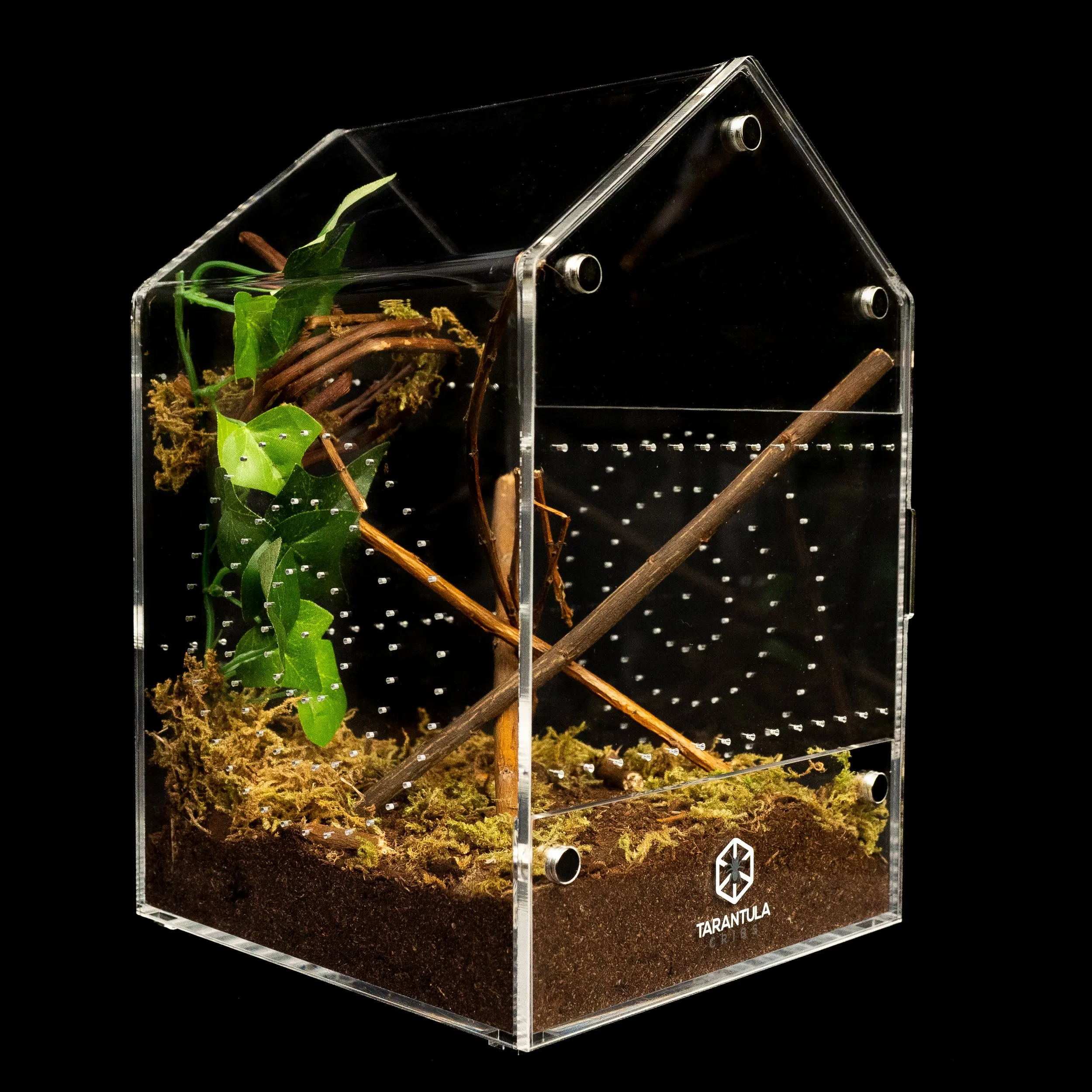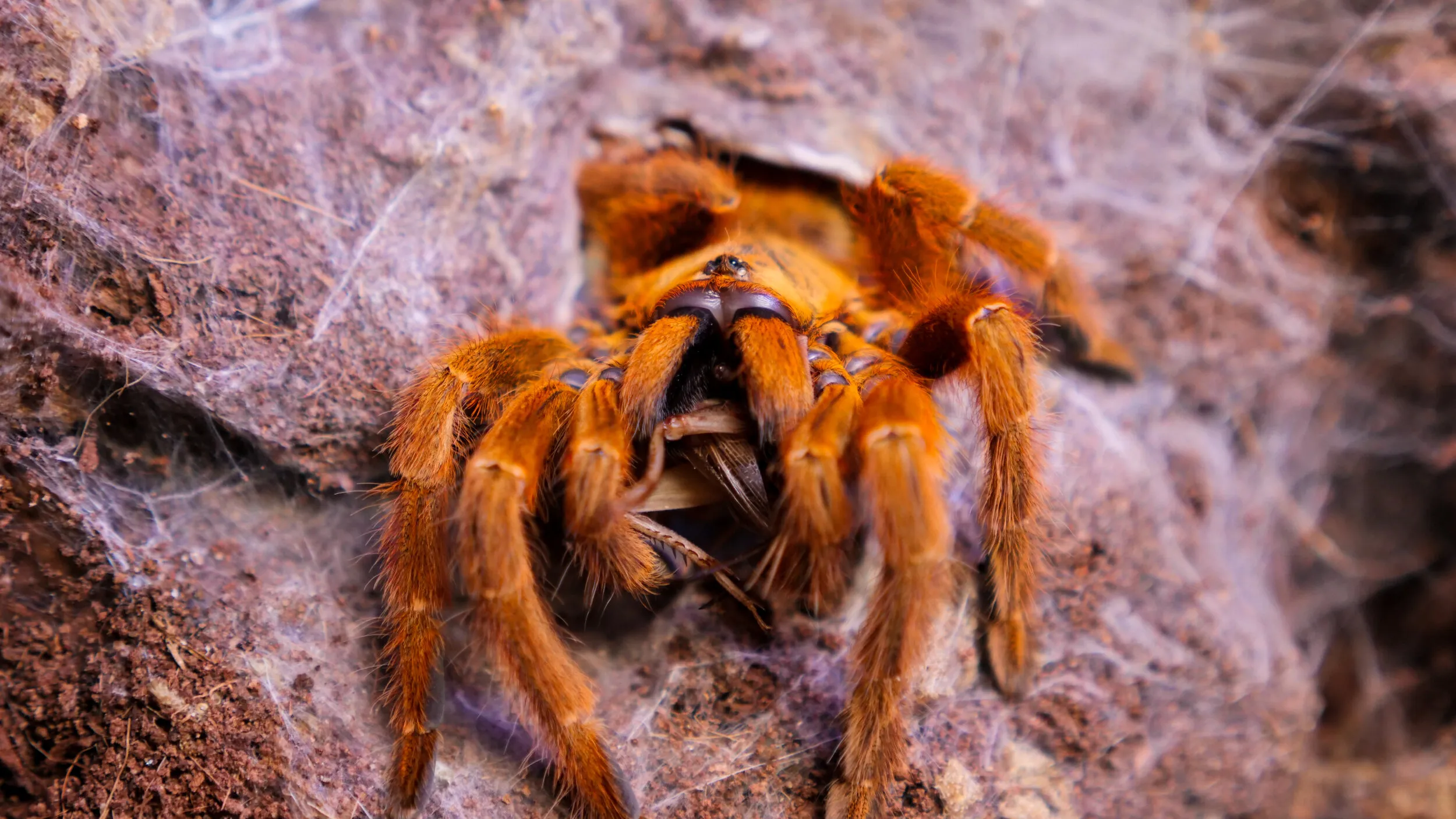Choosing the Right Tarantula Equipment
Setting up a habitat for a tarantula requires careful consideration of various factors to ensure the spider’s well-being and longevity. The right equipment not only creates a comfortable environment but also facilitates your ability to care for your pet. Choosing appropriate tarantula equipment is the first step to successful tarantula ownership. This guide will walk you through the essential equipment needed, providing insights into each item’s importance and how to select the best options for your specific tarantula species. From the enclosure itself to the tools needed for cleaning and handling, we’ll cover everything you need to know to create a thriving environment for your eight-legged friend.
Enclosure Size and Type
The enclosure is the foundation of your tarantula’s habitat. The size and type of enclosure will vary depending on the tarantula species and its size at the time. A general rule is to provide an enclosure that is at least twice the tarantula’s leg span in width, and the height should be enough to prevent the tarantula from injuring itself if it falls. For arboreal species, a taller enclosure is more appropriate, while terrestrial species benefit from a wider, ground-level habitat. Ensure the enclosure has secure ventilation to maintain air quality and prevent mold growth, but the ventilation should also prevent escape. Glass or clear plastic enclosures are popular, allowing for easy viewing and monitoring of your tarantula. Consider the lid and the type of lock to ensure the tarantula is safe and secure.
Substrate Selection

The substrate serves as the flooring of your tarantula’s enclosure, providing a surface for burrowing (for terrestrial species), maintaining humidity, and absorbing waste. The ideal substrate should be non-toxic, retain moisture, and be easy to clean. Popular choices include coconut fiber (coco coir), peat moss, and vermiculite. Coco coir is an excellent all-around choice, as it is readily available, holds moisture well, and resists mold. Peat moss offers similar benefits, but it can be acidic, so it’s best to mix it with other substrates. Avoid substrates like sand, as they can be difficult for tarantulas to burrow in and can cause impaction if ingested. The depth of the substrate will depend on the species and the size of the tarantula, but generally, a depth of 2-6 inches is sufficient.
Importance of Humidity and Temperature
Maintaining the correct humidity and temperature levels is crucial for a tarantula’s health and well-being. These conditions affect the tarantula’s molting process, overall activity level, and ability to thrive. Most tarantula species require moderate humidity levels, typically between 60% and 80%, although specific needs vary depending on the species. High humidity is particularly important for juvenile tarantulas and species from tropical environments. Temperatures should be maintained within a comfortable range, usually between 75°F and 85°F (24°C and 29°C). Ensure that the temperature does not fluctuate dramatically, which could stress the tarantula. Creating the correct conditions will help to prevent health problems and promote healthy growth.
Monitoring Humidity and Temperature
To ensure the correct environment for your tarantula, regular monitoring of humidity and temperature is essential. A reliable hygrometer (for humidity) and a thermometer (for temperature) should be placed inside the enclosure. Digital thermometers and hygrometers are preferable as they provide accurate readings. Place these devices in a location where you can easily read them without disturbing the tarantula. Regularly check the readings and make adjustments as needed to maintain the desired levels. Misting the enclosure with a spray bottle filled with dechlorinated water is a common method for increasing humidity. For heating, you can use a heat mat placed on the side of the enclosure (never directly under it) or a ceramic heat emitter, making sure to monitor and regulate the temperature to prevent overheating.
Water and Feeding Dishes

Providing access to clean water is critical for your tarantula’s hydration. A shallow water dish is recommended to prevent the tarantula from drowning. The dish should be small enough to prevent the spider from being submerged but large enough to provide easy access to water. Ensure the water is always fresh and clean, and replace it regularly. Feeding dishes aren’t strictly necessary, but they can make feeding easier and help prevent the escape of food items. The size of the dish should be appropriate for the size of the tarantula and the food it will be eating. Remove any uneaten food within 24 hours to prevent the growth of mold and mites, which can be harmful to your tarantula.
Essential Decorations and Hides
Tarantulas, like all living creatures, appreciate having a secure place to hide. Providing hides allows them to retreat from view, reduces stress, and helps them feel safe in their environment. Hides can be as simple as a piece of cork bark, a hollow log, or a commercially available tarantula hide. Ensure the hide is large enough for the tarantula to comfortably fit inside but not so large that it feels exposed. Decorations, such as artificial plants, can add visual appeal to the enclosure and provide additional hiding places. Avoid decorations with sharp edges that could injure your tarantula. Consider the natural habitat of the species when selecting decorations, as this can contribute to their overall well-being.
Lighting Considerations for Tarantulas
While tarantulas do not require special lighting for their health, some lighting can be beneficial. The tarantula will naturally avoid bright direct light, so it is usually not needed. However, a low-wattage LED light can be used to observe your tarantula during the day and provide a natural day-night cycle. Avoid using heat lamps, as they can dry out the enclosure and overheat the tarantula. If you choose to use lighting, make sure it doesn’t generate too much heat and doesn’t disturb the tarantula’s natural behaviors. The best lighting setup mimics their natural environment, and the best way to do that is to use natural light, if possible.
Cleaning and Maintenance Equipment

Regular cleaning and maintenance are vital for maintaining a healthy and hygienic environment. You’ll need equipment for this, including a long-handled spoon or tongs for removing waste and uneaten food, a small container for disposing of waste, and a spray bottle for misting. A soft brush can be useful for cleaning the enclosure’s sides and decorations. Always use a safe and non-toxic cleaning solution for spot cleaning. Regularly remove uneaten food, molted exoskeletons, and any visible waste. A partial substrate change should be performed every few months, depending on the species and enclosure setup. Always wash your hands thoroughly before and after handling the enclosure or any of the equipment.
Safety Precautions and Handling Tools
When handling a tarantula, always prioritize safety. Never handle a tarantula unless absolutely necessary, as they can be easily stressed and may bite as a defensive mechanism. If you must handle the tarantula (e.g., for a health check), use a wide, soft brush to gently coax it into a container or a handling tub. Avoid sudden movements and be gentle. Always supervise children when they are near tarantula enclosures. Keep the enclosure secure and ensure that it is out of reach of other pets. Wear gloves when cleaning the enclosure. Always wash your hands thoroughly after handling your tarantula or its equipment. Educate yourself on the specific temperament and behaviors of your species to ensure safe handling practices.
By carefully selecting and setting up the appropriate tarantula equipment, you can create a safe, comfortable, and enriching environment for your pet. Remember that each tarantula species has unique needs. Research your specific species and tailor your equipment choices accordingly to provide the best possible care. With the right tools and knowledge, you can enjoy the rewarding experience of owning a tarantula.
